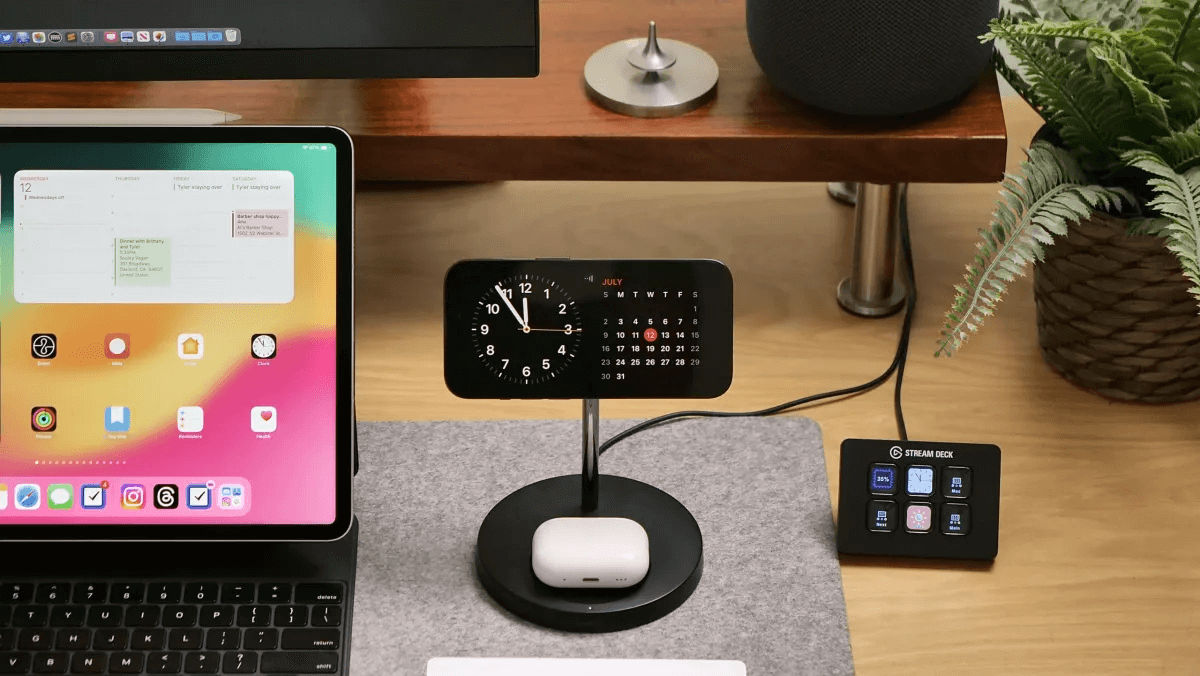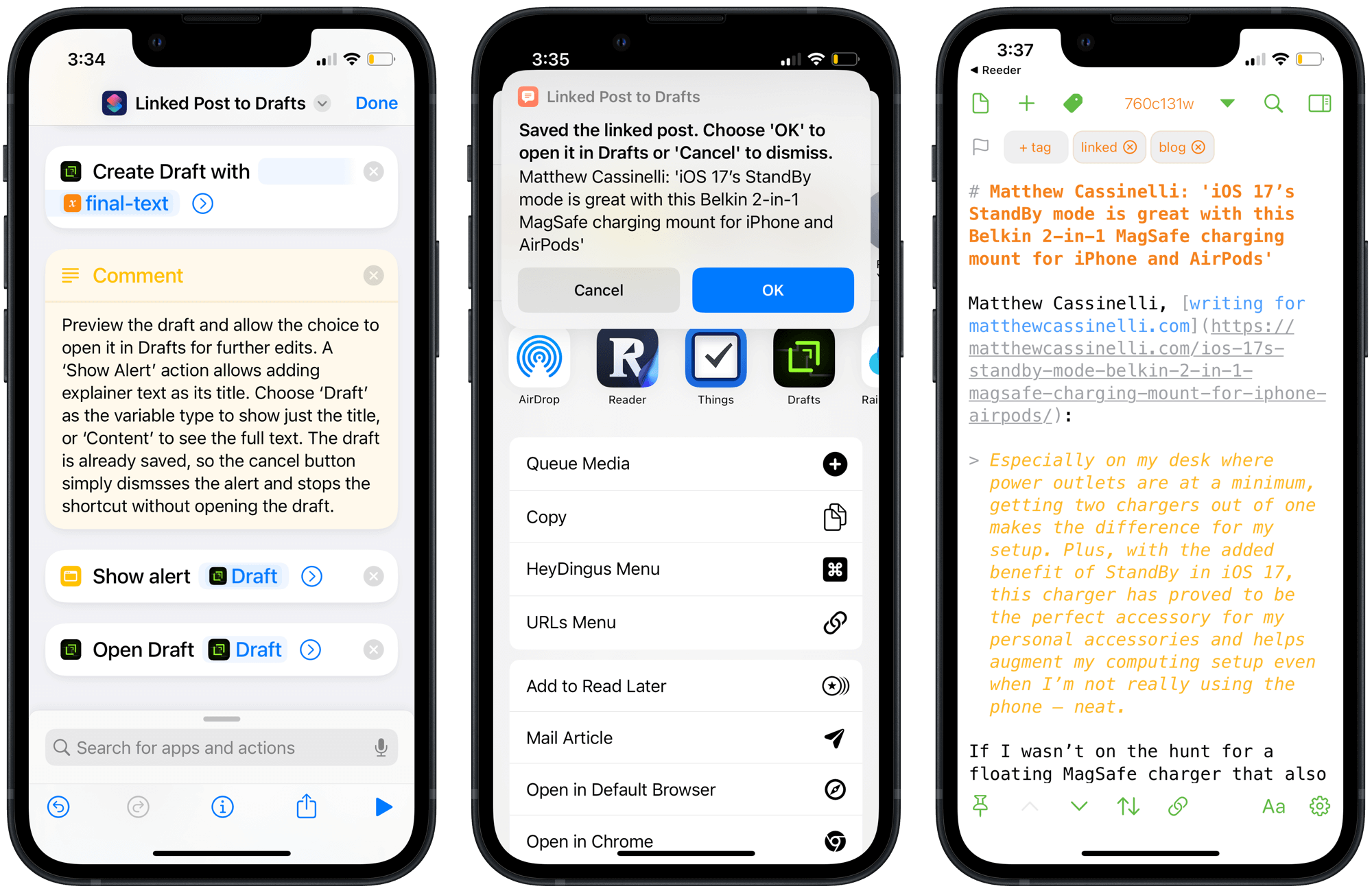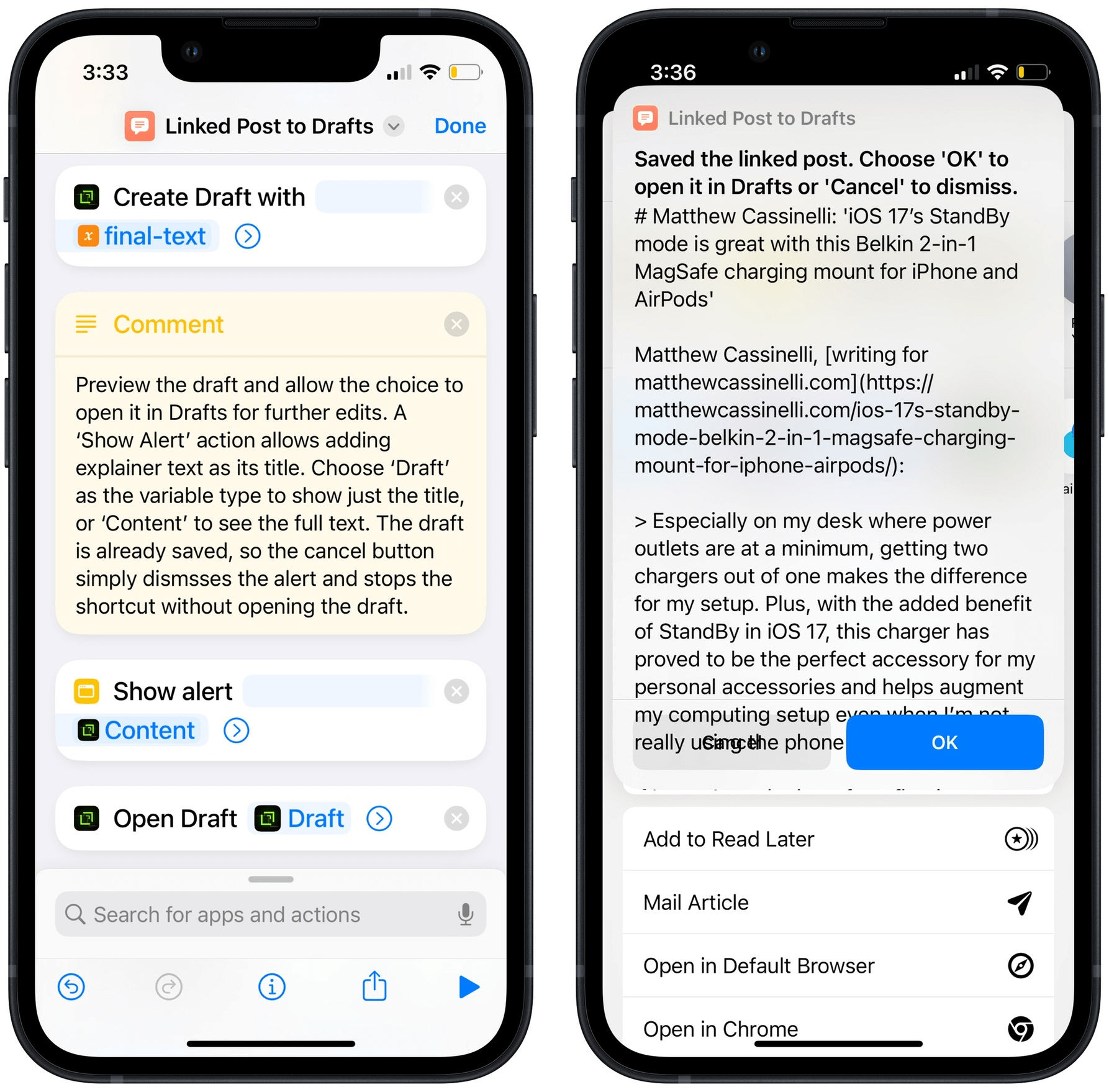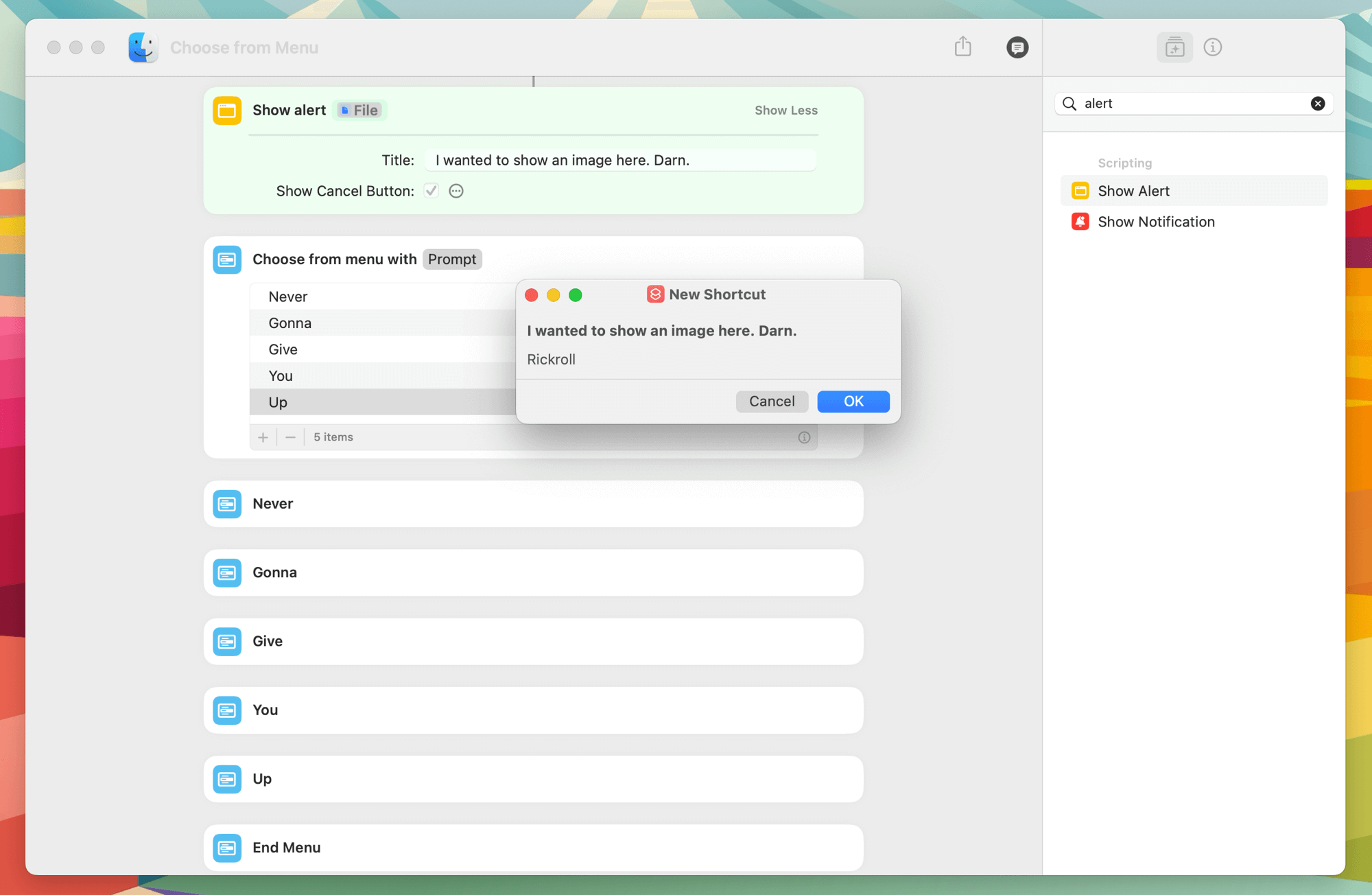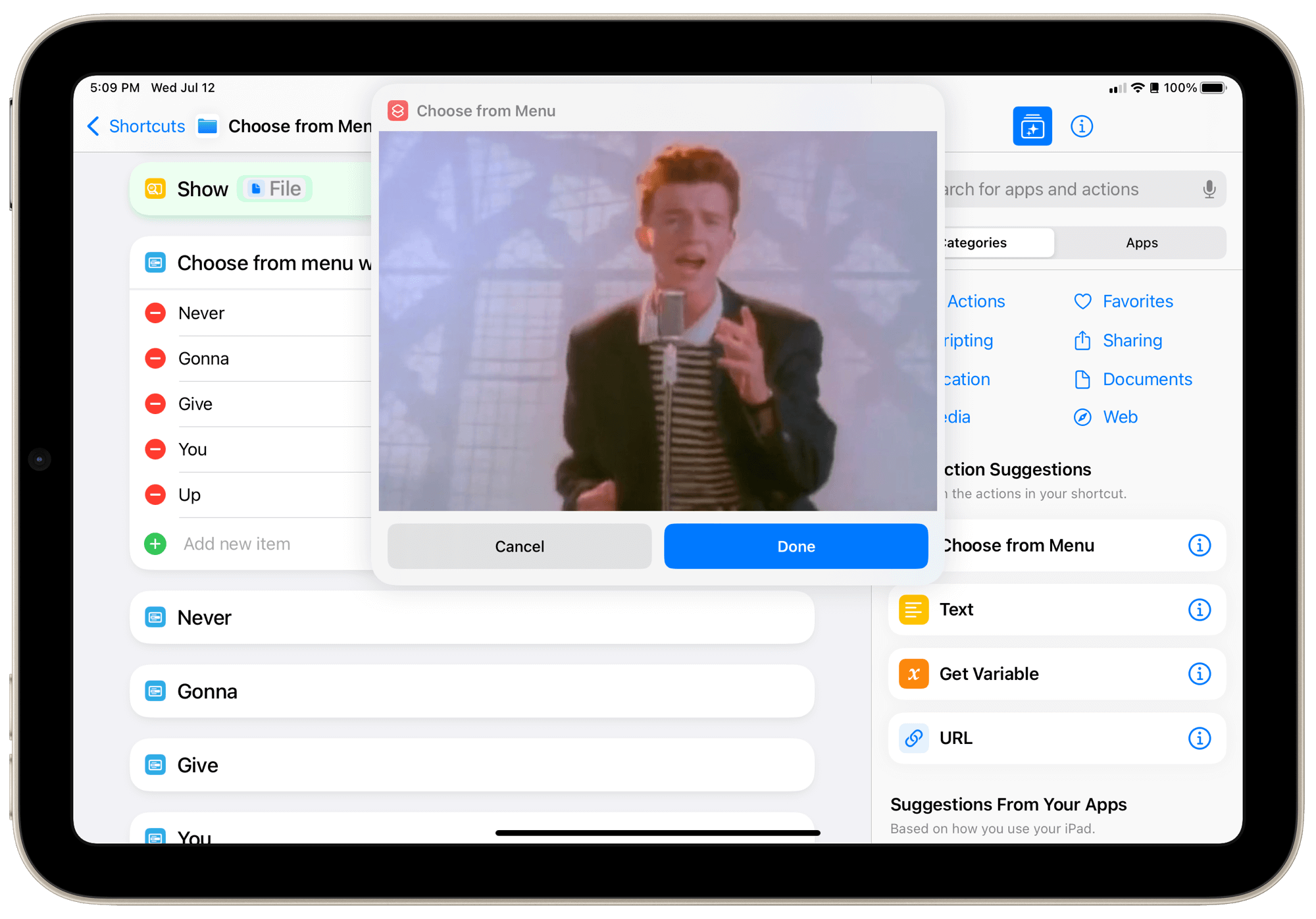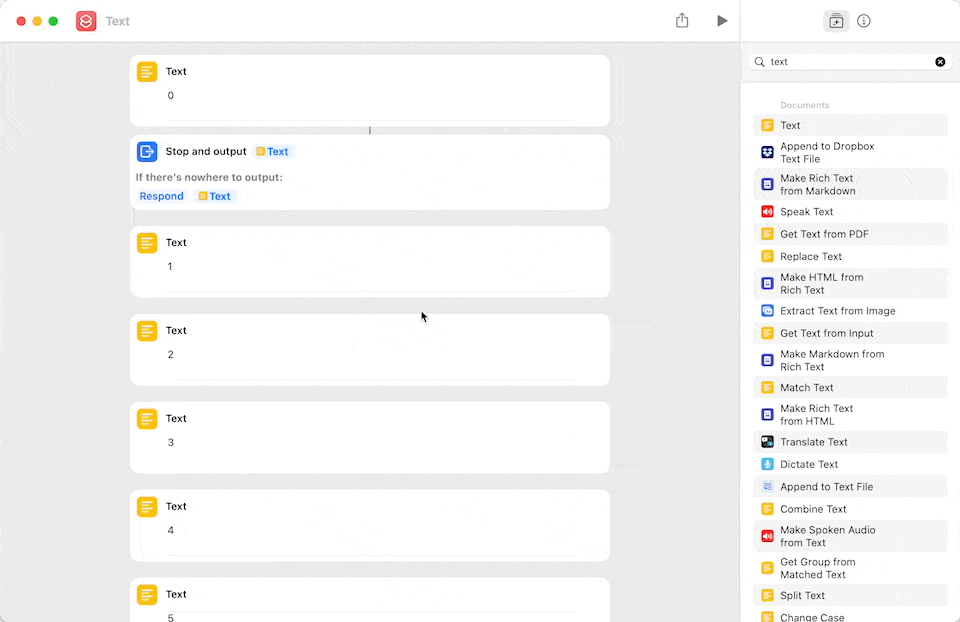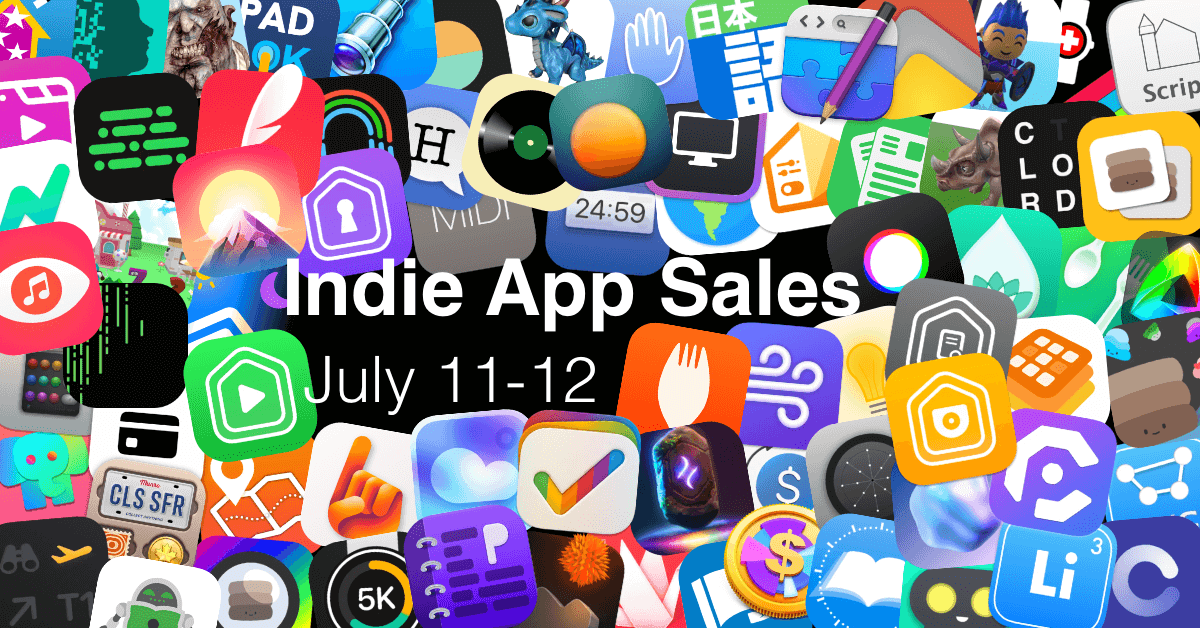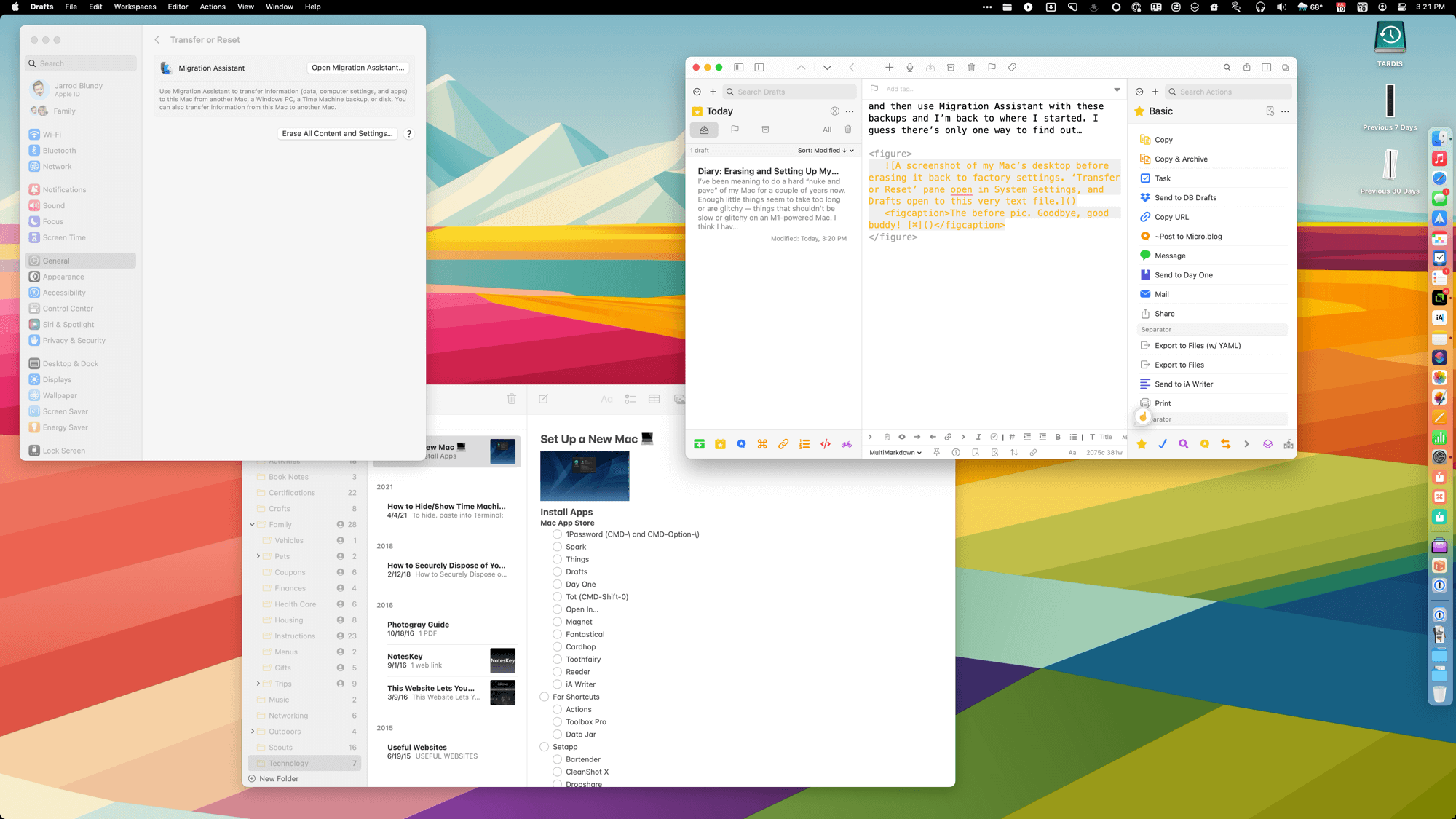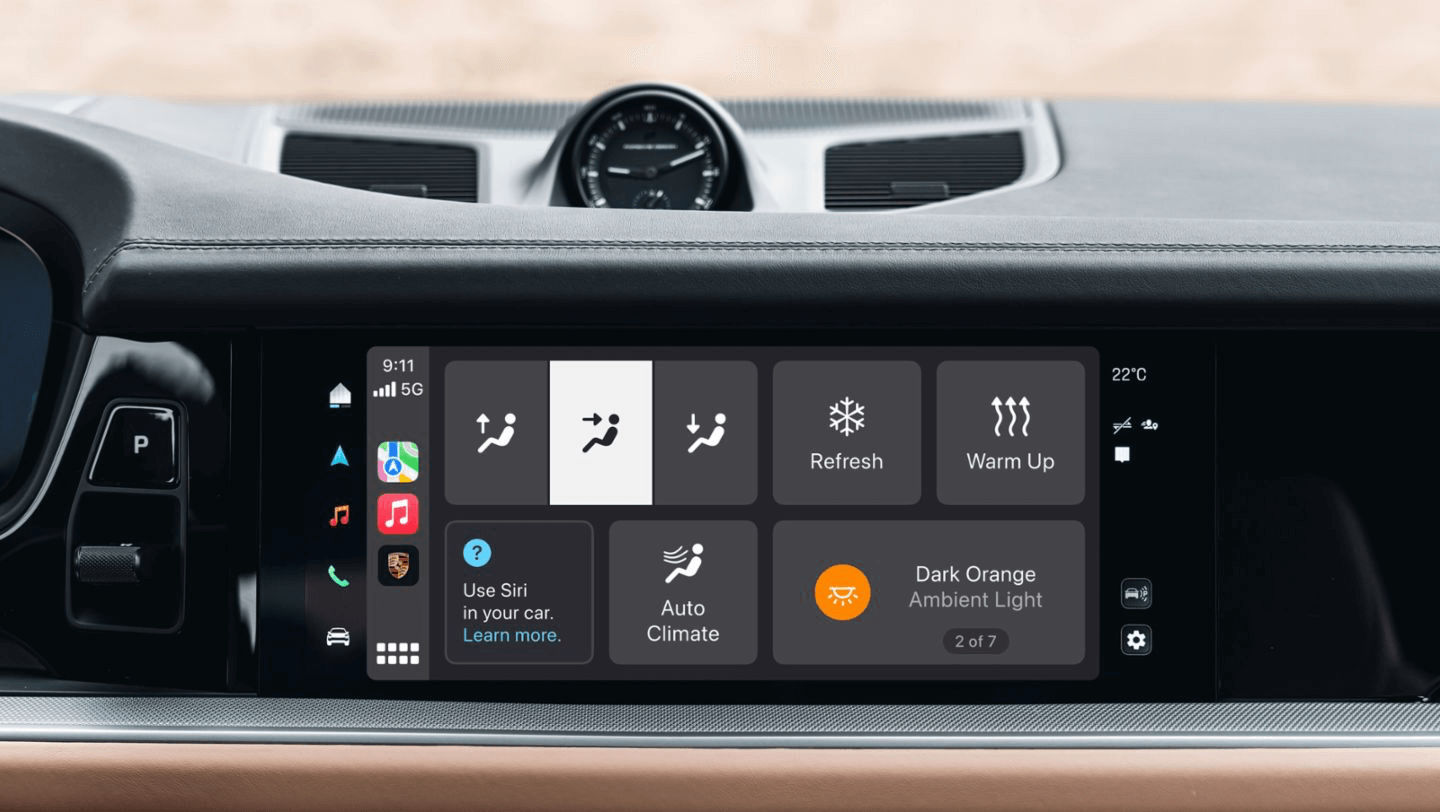TL;DR: Yes. The Instagram app is already too full by the admission of its product leader, and I think Reels is the best choice for booting out to its own app where it could thrive.
I’ve been thinking more about the record-breaking success that Meta has enjoyed with Threads. So much of its initial popularity can be ascribed to Instagram’s huge user base having a leg up on getting started there. Getting connected with your entire existing social graph with just a tap is an accelerant we haven’t seen put to use at this scale since Instagram itself used Twitter’s API, of all things, to bootstrap its network. Things really do come full circle, don’t they?
Building off Instagram’s account system and network is a playbook that has obviously worked for Meta and I’d bet will shake up plans and assumptions made there. But will it retroactively affect services built into, but not out of, Instagram? That is my question.
Instagram has ballooned from the darling indie photo-sharing app it was in 2010 to the visual content factory, shopping center, and ad powerhouse that it is today. Stories, Reels, Shopping, Messenger, even just videos — these are all things that we didn’t want to be added to Instagram in the first place but were shoved in anyway as they rode the tailwinds of each passing internet fad. But what if these ideas were given room to breathe in their own apps, able to evolve without cramming the Instagram interface and pissing off its users? I think Instagram’s head honcho, Adam Mosseri, is reconsidering that very proposition.
Here’s Mosseri discussing Threads being split out as its own app rather as a feature of the Instagram app:
Then there’s a separate app versus separate tab. Separate tab is tough. There’s only so much stuff you can shove in the app. It’s already feeling too complicated. We’re trying to actually simplify right now, and so it’s certainly working against that. And generally, when you build a separate tab, you find you want to push all that distribution through a feed invariably in order to bootstrap it. You kind of end up right back in that first problem.
It sure sounds to me like they regret putting so many features into Instagram and are actively working to rectify those decisions. If they’re considering moving something out, I would think a prime candidate should be Reels. Especially if a widespread TikTok ban goes into effect, US users are going to want something to fill that void, and fast. Something that already has the creators, brands, and friends that they want to follow. Now, whose M.O. does that sound like?
Reels could stay as part of Instagram — it’s been there long enough now for it to gain mindshare — but I don’t think it should. I already go to Instagram for three very distinct purposes: (1) keeping up with photo life updates from friends in the main timeline, (2) watching topical short-form videos from across my interests but mostly from people I don’t follow (Reels), and (3) direct messaging in Instagram Messenger with group chats and individuals — some of whom I don’t even follow! I have to jump around the interface so much that I often lose the thread (heh) of where I am in the app and what I’m doing. As standalone products, I would feel more confident in both consuming and creating for each one. Each would have its focus.
By leveraging my Instagram network as a starting point, I could pick and choose which accounts I want to follow in each app’s context. I can tell you that I’d follow way more people in Reels if it were disconnected from who I see in my Instagram-proper timeline. I’m already doing that with Threads. I might follow more of my group chat buddies. Right now, I just feel like I’d be bloating my Instagram experience further.
One final question: Will a similar deconstruction treatment ever come to Facebook? Or is its siloed, all-encompassing nature too baked in by now? Some people use Facebook as their primary (only?) window and megaphone into the web. I have a feeling that ripping features out of the big blue app would confuse more than help many of its users.
